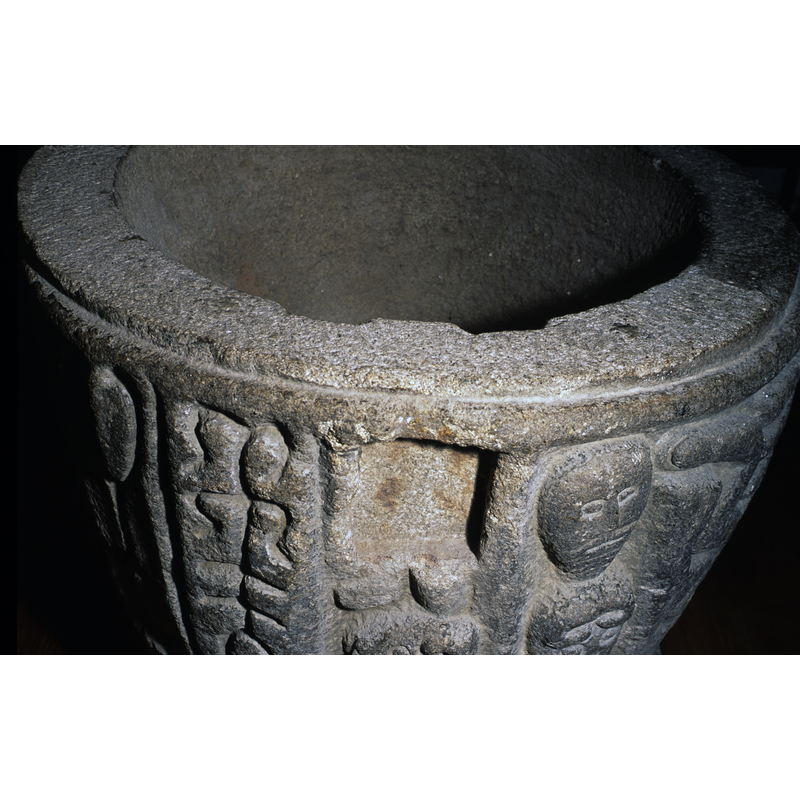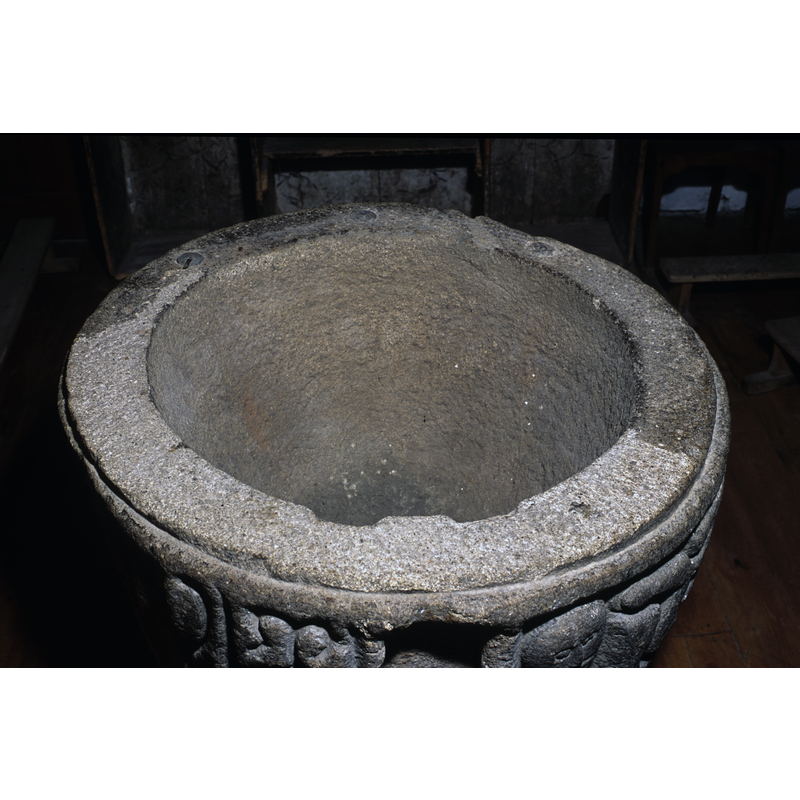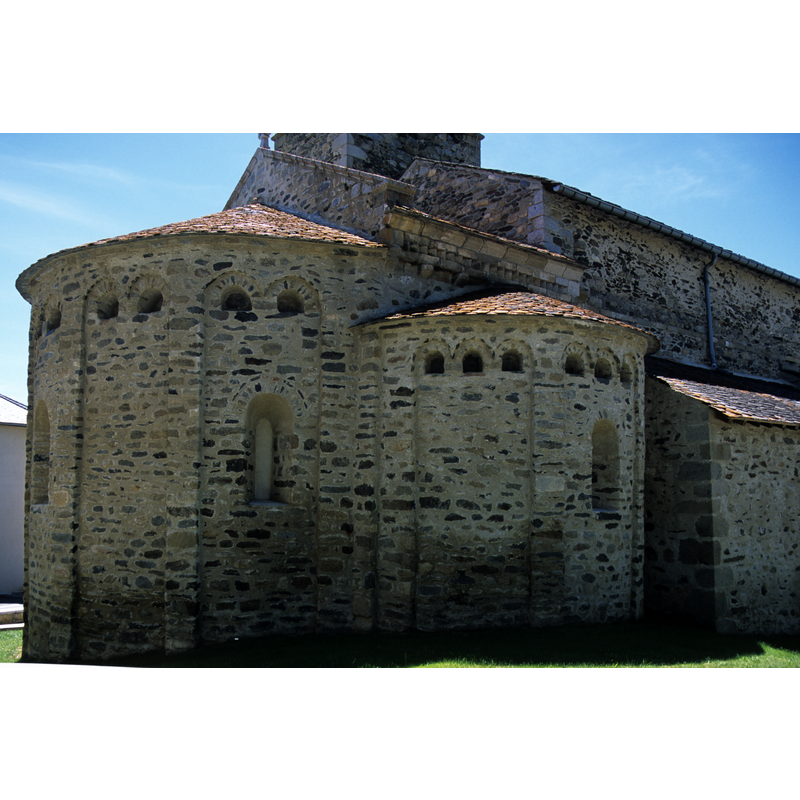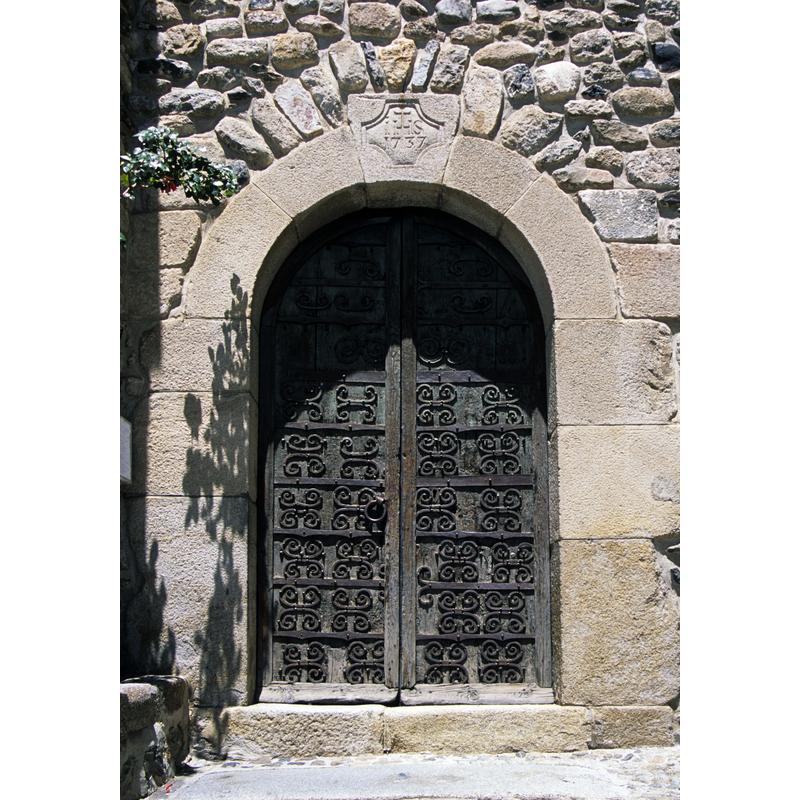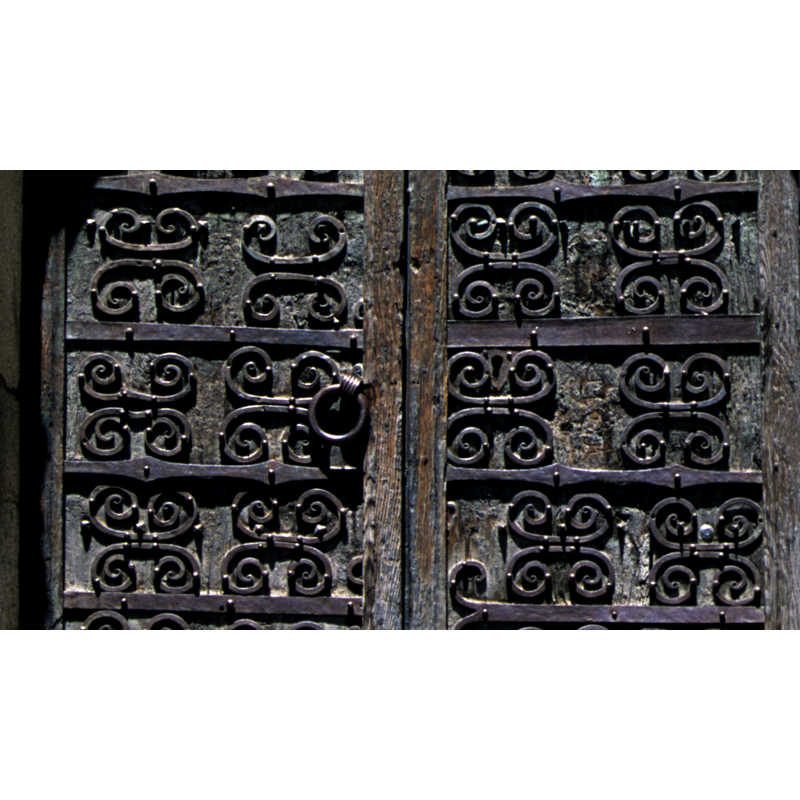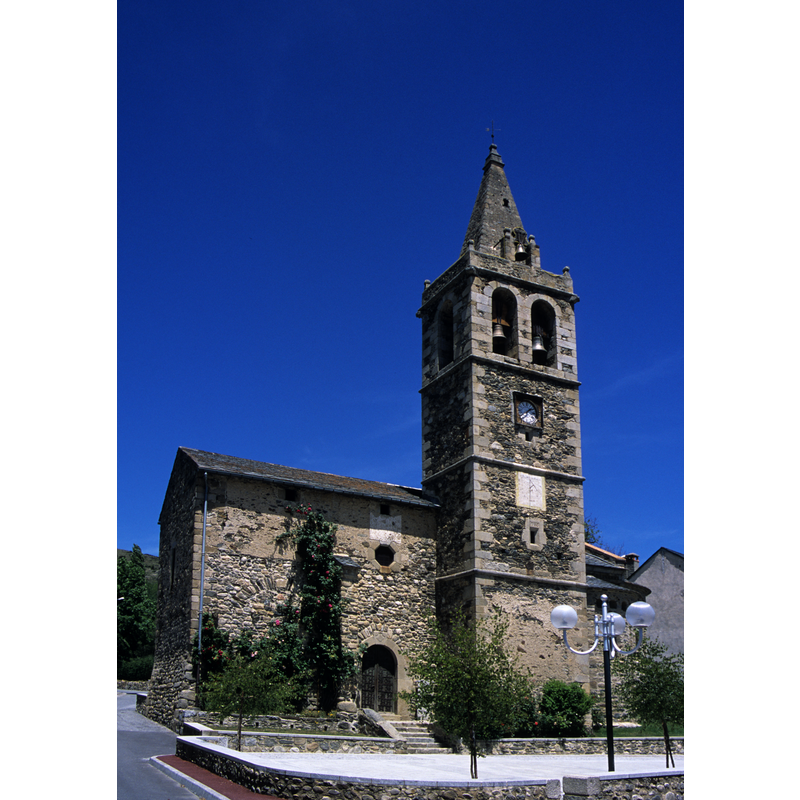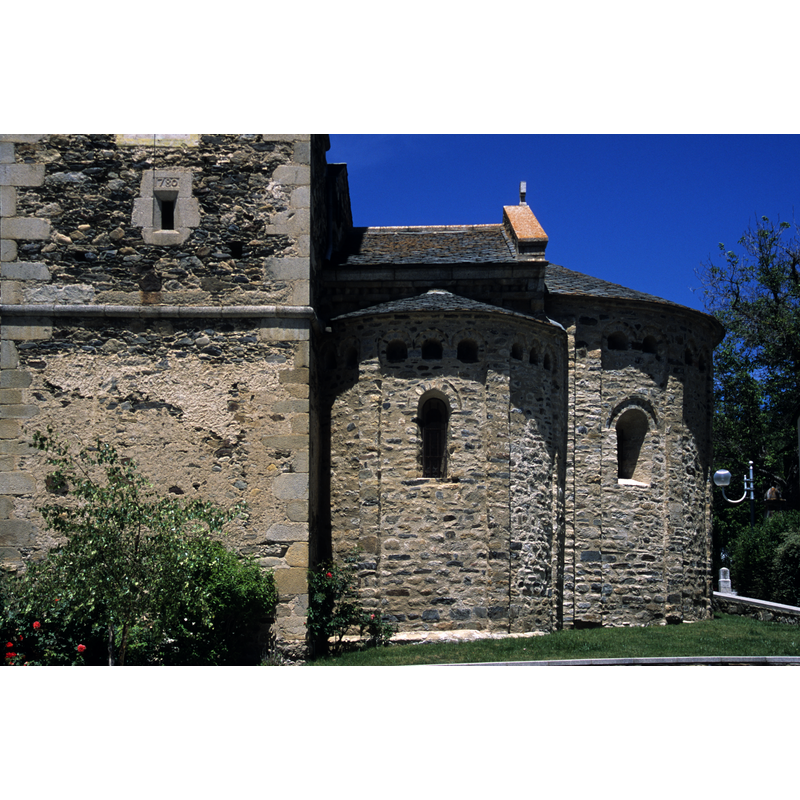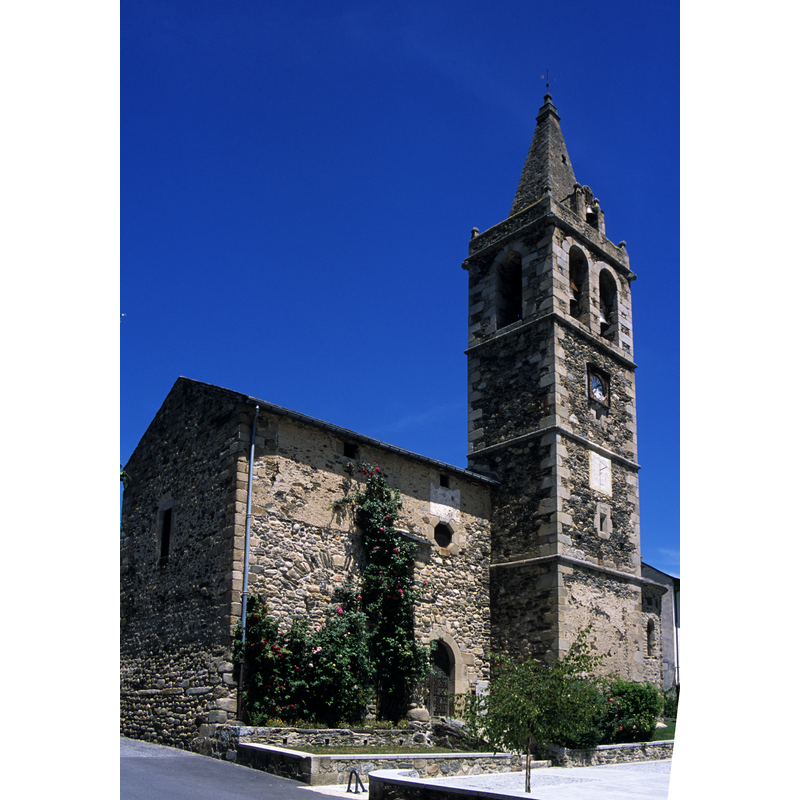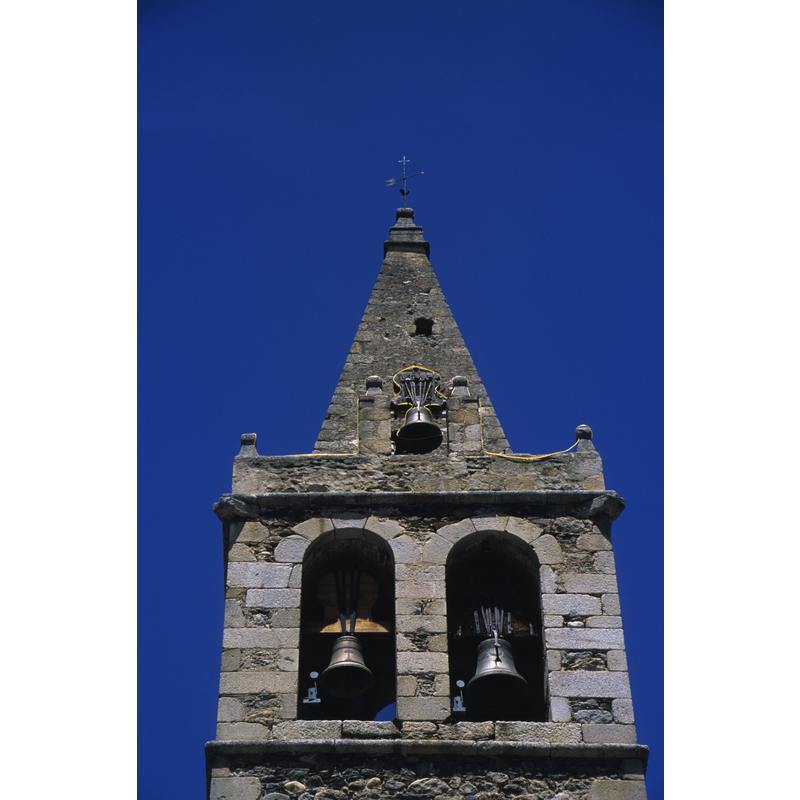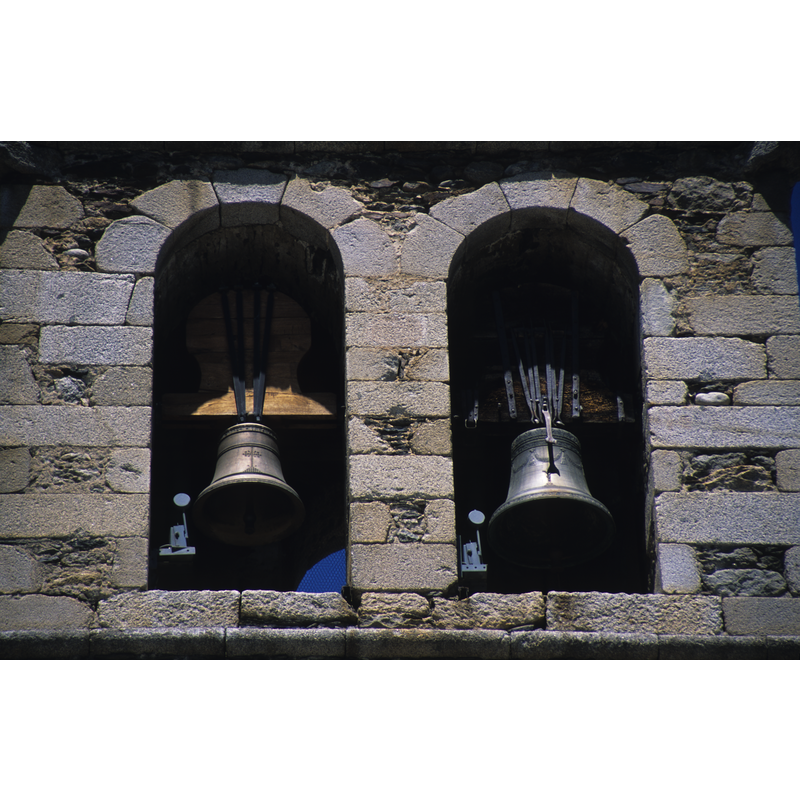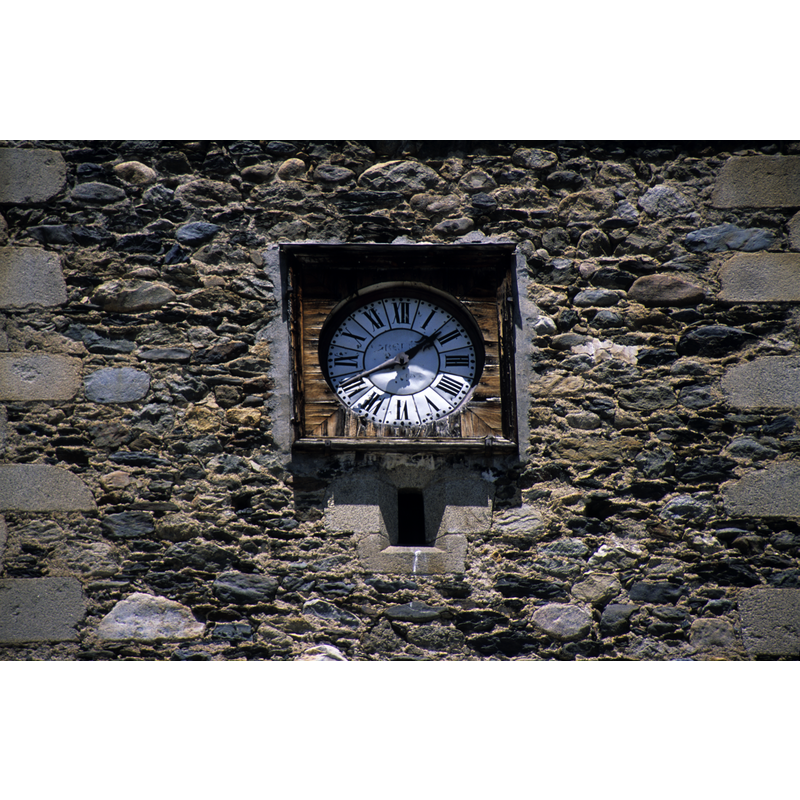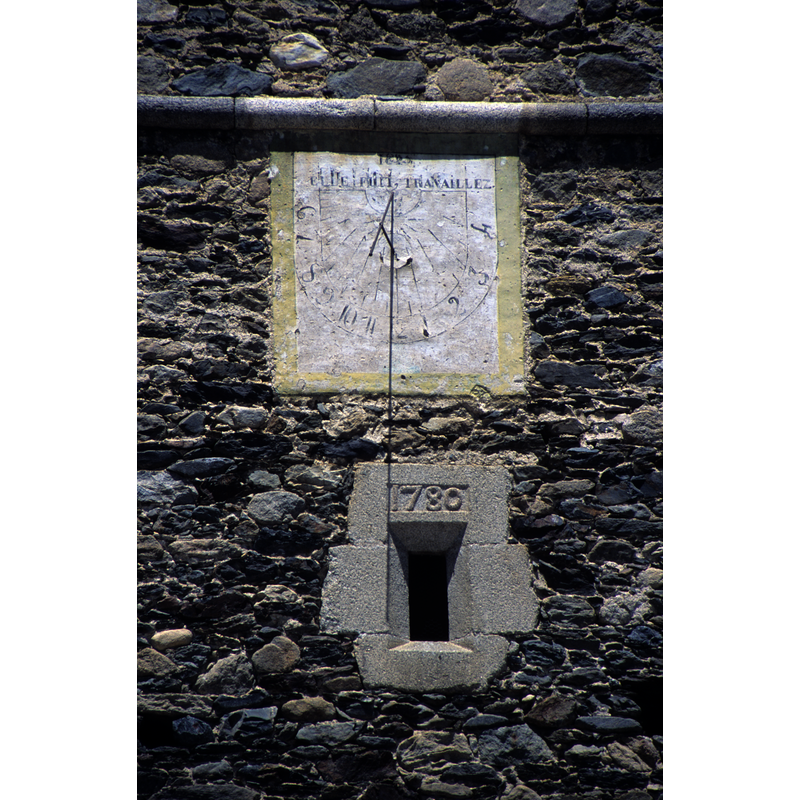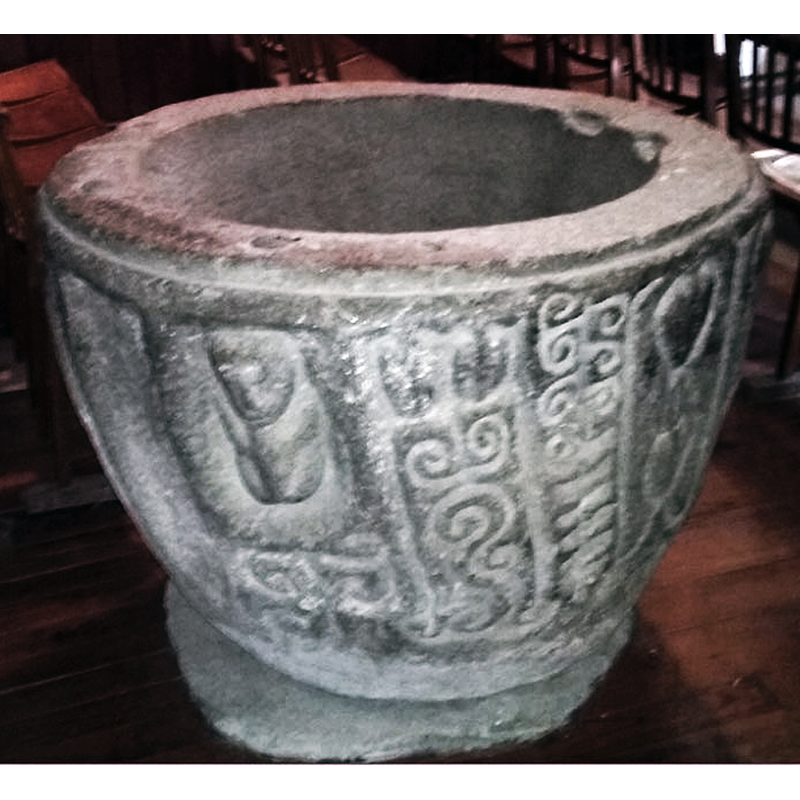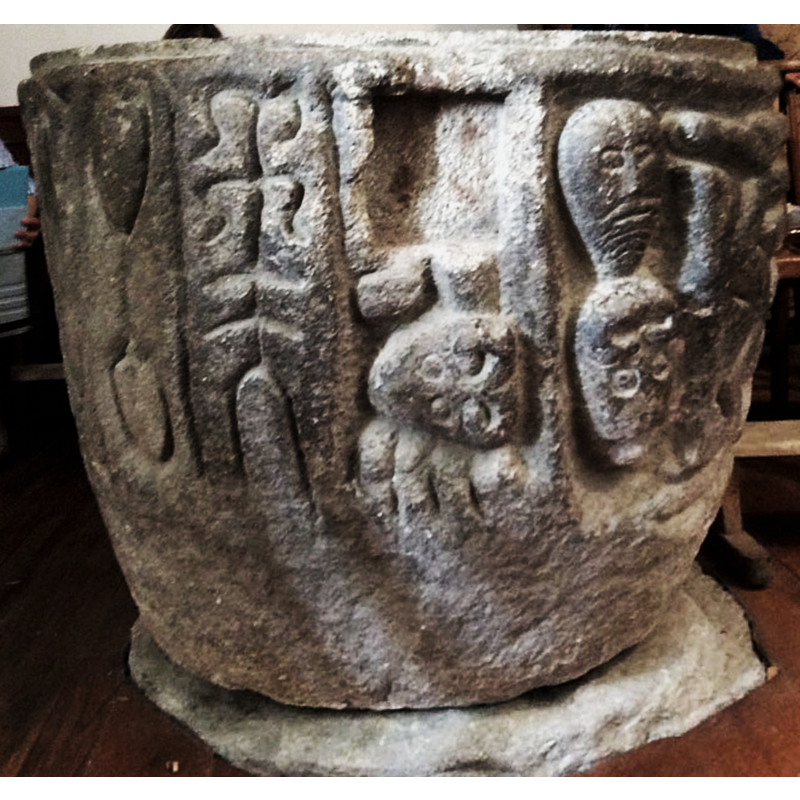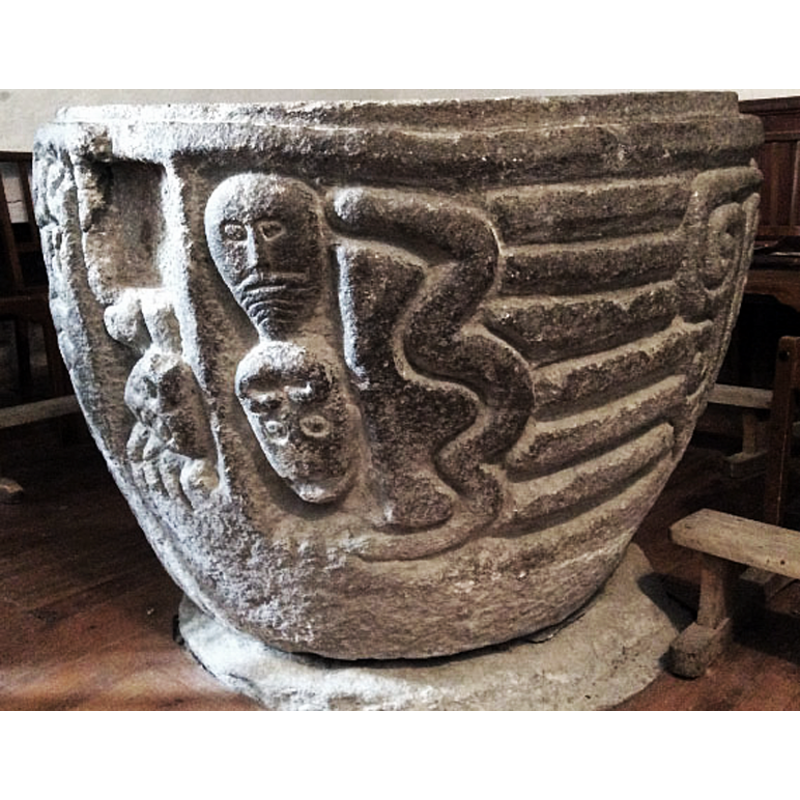Ur / Hur
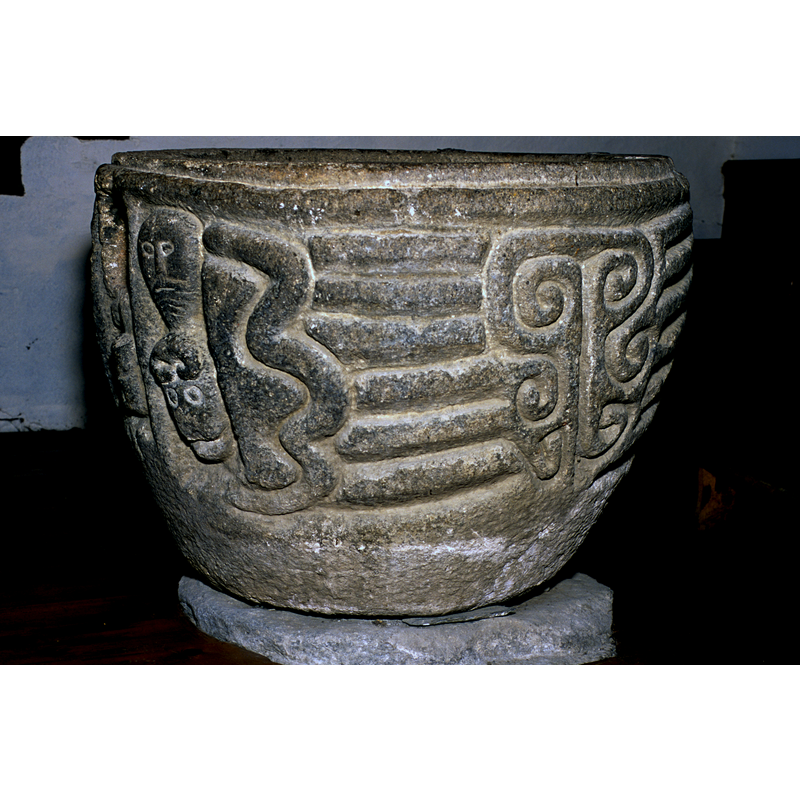
Image copyright © Baptisteria Sacra Index, 2023
Results: 35 records
B01: Old Testament - Genesis from the creation to the expulsion from paradise, and later years of Adam and Eve - Temptation and Fall - Adam, Eve and the Serpent
B02: human figure - child?
B03: design element - motifs - scroll work
B04: design element - motifs - vine
B05: human figure - male - head - bearded
B06: human figure - head
B07: head
B08: animal - reptile - snake - vertical
B09: design element - patterns - ribbed - diagonal
B10: design element - patterns - ribbed - horizontal
B11: symbol - Tree - Tree of Life? - scroll
information
information
view of basin
view of basin - detail
view of basin - detail
view of basin - detail
view of basin - interior
view of basin - upper view
view of basin - upper view
view of church exterior - northeast end
view of church exterior - south portal
view of church exterior - south portal - door - detail
view of church exterior - south view
view of church exterior - southeast end
view of church exterior - southwest view
view of church exterior - tower - detail
view of church exterior - tower - detail
view of church exterior - tower - detail
view of church exterior - tower - detail
view of font
view of font
view of font
view of font
view of font in context
Scene Description: the font had been moved from its earlier position in the very northwest corner to this position to make it more accessible
Copyright Statement: Image copyright © Carme Ferrer, 2018
Image Source: digital photograph 27 May 2018 by Carme Ferrer
Copyright Instructions: Image and permission received from the author via Mikel Unanue (e-mail of 26 May 2021)
INFORMATION
FontID: 03921URR
Object Type: Baptismal Font1
Church/Chapel: Eglise paroissiale Saint-Martin d'Ur / Església de San Martí
Church Patron Saints: St. Martin of Tours
Church Location: 4 rue de Brangoly, 66760 Ur, France
Country Name: France
Location: Pyrénées-Orientales, Occitanie
Directions to Site: Located S of Dorres, N of Bourg-Madame, near Palau-de-Cerdagne, Eyne, etc., in the southern buttresses of the Carlit
Ecclesiastic Region: Diocèse de Perpignan-Elne [formerly in the diocese of Urgell]
Historical Region: Cerdagne / Languedoc-Roussillon
Font Location in Church: By 1973 it had been removed from its previous location (in an angle, at the back of the church) and made more accessible
Century and Period: 8th - 9th century [Ponsich] / 10th - 12th century, Romanesque
Cognate Fonts: Delcor (1973) compares it to the fonts at Beuda and Palau-de-Cerdagne; some of the motifs may connect with those on the font at Grézieu-la-Varenne
Credit and Acknowledgements: We are grateful to Carme Ferrer for her photographs of this font
Church Notes: church originally 11thC. Delcor (1973: 101) informs that the parish of Ur goes back to 839 A.D. when it appears named on All Saints' Day 839 as belonging to the diocese of Urgell. Listed in Mérimée [ref.: PA00104146].
Font Notes:
Click to view
Delcor (1973) suggests that this font may be the only extant vestige of the 9th century church and dwells on what he describes as its enigmatic ornamentation; he describes the font as monolithic, being made of local granite, and having eight panels on the sides, of which, the only one that he gives clear identification for is the Temptation-and-Fall from Genesis [he compares this work to those on the fonts of Beuda and Palau-de-Cerdagne]; the identification of the other seven panels is obviously less definite and is suggested as [Right-to-Left]: a possible Agnus Dei, a tree, two panels with fruit, two other panels with tree-like forms, and a last one with three vertical rib-like shapes leaning toward the left. Delcor goes into an interpretative description of the carving and offers several suggestions for each part in relation to the liturgical function of the font. It is not an ornamentation program of easy description, nor is granite the most conducive of media to leave precise shapes on; the illustrations in Delcor show heads, shapes and forms which could -or not- be indeed related to the purpose of the font. Described by Marcel Durliat in the Dictionnaire des églises... (1966-) as a Romanesque baptismal font. Ponsich (1980) relates the image of the tree on this font to another such on one of the two re-used capitals in the upper church at Saint-Martin-de-Canigo. In the intoductory paragraph to his 1967 article, 'Les fonts baptismaux d'Ur', Ponsich issues an exclamation which puts him hand in hand with Delcor: "Si son [un homme sachant] interprétation, comme il le suggère lui-même, n'est peut-ètre pas absolument exacte, qu'importe!" and dates the font to the end of the 8th or beginning of the 9th century. Ponsich (ibid.) describes the carving as primitive and evocative of both the Celtic art and of those of Oceania and pre-Colombian America. The three vertical concave flutes symbolise, writes Ponsich, the primordial Chaos, the starting point of Creation; the second motif, a set of horizontal incisions with a vertical scroll, suggests to him the divine breath which animates Chaos ands puts Light in the Darksness thereby creating Heaven and Earth; the next motif, a head above another, the lower one upside down, and a vertical snake-like figure, could be Adam at top, the Devil below and the Serpent to the side, all symbolising the Fall of Man; another such head as the lower one would represent Death hitting humanity and condemning it to corporal death; the next motif could, continues Ponsich, could be the Treo of Life or, more likely, the genealogical tree of Adam; the next two, two spoon-like shapes, are interpreted as having phallic character, a schematic representation of procreation; the next set of scrolls are linked to the genealogy from Noah to Abraham to the Messiah. the last figure, which he sees as an infant being born, could be either the birth of the Messiah or the birth of the new man. Ponsich closes his article by reiterating the influence of Celtic traditions "qu'expliquerait parfaitement la protohistoire de la Cerdagne." (ibid.). Described and illustrated in Catalunya romànica (1984- , vol. VII: 233-234), with its own added interpretative details, the most obscure of which are related to the the Christian idea of re-birth. The Guia comarcal de Catalunya for this area (2001) describes this font as being ornamented with human figures and geometric motifs that appear to refer to the original sin ["amb figures humanes i motius geomètrics que semblen fer al.lusió al pecat original"]. Listed in Palissy [ref.: PM66000916] and illustrated in Mémoire: "Cuve ronde, dont tout le pourtour est décoré de figures, têtes d'hommes, d'animaux et de monstres et d'ornements d'un caractère très archaïque [...] 10e siècle [...] Anciennement datés du 11e siècle. Epoque préromane." On-site notes: rather than try and match the erudite descriptions of those who have already analised and interpreted the iconography of the font [cf. supra] we would like to point out that the font is in fair shape, with few repairs --the usual ones at the upper rim-- in this case three sealed holes and two cuts at the opposite end of the rim. The empty square on the upper basin side, just above the sideways animal (?) head, could be explained as the housing for the lock [a similar one is seen in several Pyrenean fonts of this type (e.g., Palau de Cerdagne)], especially since it is exactly at the opposite end of the three sealed holes on the upper rim. The issue of the early dating of the font could be argued against on the basis of the similarity of this font to those of Beuda and Palau-de-Cerdagne, fonts dated somewhere closer to the 12th than to the 9th century. [NB: the basin appears to be raised on a base or plinth, but most of it may be hidden un the present flooring].
COORDINATES
Church Latitude & Longitude Decimal: 42.462222, 1.936944
Church Latitude & Longitude DMS: 42° 27′ 44″ N, 1° 56′ 13″ E
UTM: 31T 412600 4701646
MEDIUM AND MEASUREMENTS
Material: stone, granite
Font Shape: tub-shaped
Basin Interior Shape: round
Basin Exterior Shape: round
Drainage Notes: wide drain hole (13 cm)
Rim Thickness: 15-16 cm*
Diameter (inside rim): 78 cm* / 79 cm***
Diameter (includes rim): 110 cm* / 111 cm** / 108 cm***
Basin Depth: 58 cm
Basin Total Height: 77-78-80 cm* / 83 cm**
Font Height (less Plinth): 77-78-80 cm* / 83 cm** / 78 cm***
Notes on Measurements: * BSI on-site / ** Ponsich, Delcor and Catalunya rom... -- *** Palissy [ref.: PM66000916] [NB: the discrepancy with Ponsich's (1967), Delcor's (1973, p. 101) and Catalunya rom... measurements may be explained by the fact that the font is not regular and that it is mounted at an incline - cf. Images area]
LID INFORMATION
Notes: The evidence on the upper rim and sides indicates that it must have been fitted with a lid in the past
REFERENCES
Catalunya romànica 14: La Cerdanya - El Capcir - El Conflent, Barcelona: Pòrtic, 2001
Dictionnaire des églises de France, Belgique, Luxembourg, Suisse, Paris: R. Laffont, 1966-
Delcor, M., "Cuves romanes et leur figuration en Roussillon, Cerdagne et Conflent", 1973, no. 4, Cahiers de Saint-Michel de Cuxa, 1973, pp. 96-109; p. 99, 101-104 and ills. after p. 104
Fundació Enciclopèdia Catalana, Catalunya romànica, Barcelona: Fundació Enciclopèdia Catalana, 1984-
Ponsich, P., "Les plus anciennes sculptures médiévales du Roussillon (5-11 siécle)", 11, Cahiers Saint-Michel-de-Cuxa, 1980, pp. 293-331, 33 fig.; p. 303 and fn 30
Ponsich, Pierre, "Les fonts baptismaux d'Ur", Octobre 1967, no. 155, Jardin des arts, 1967, pp. 11-19; p. 11-19
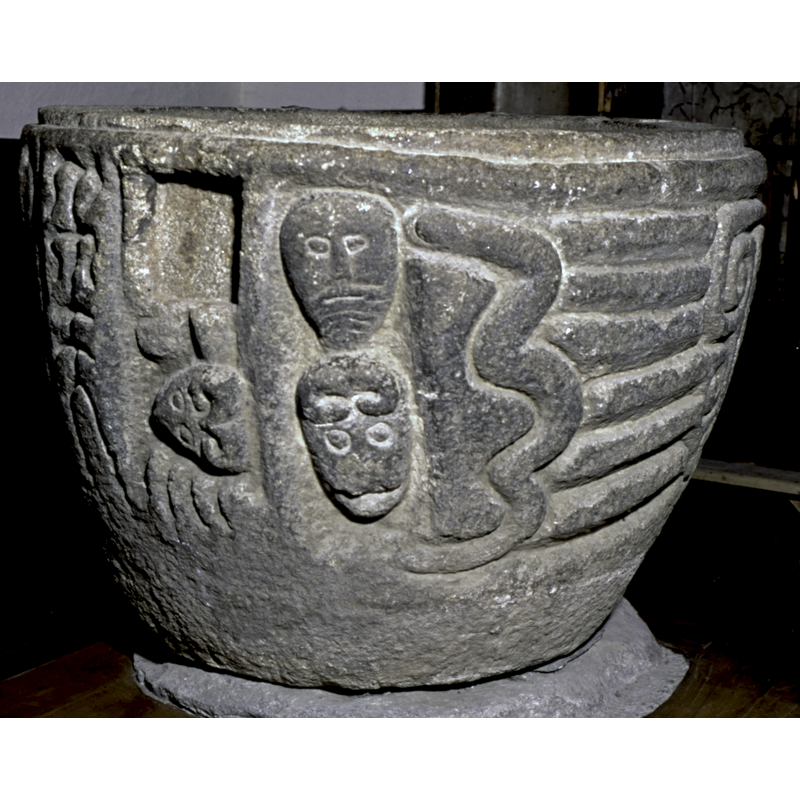

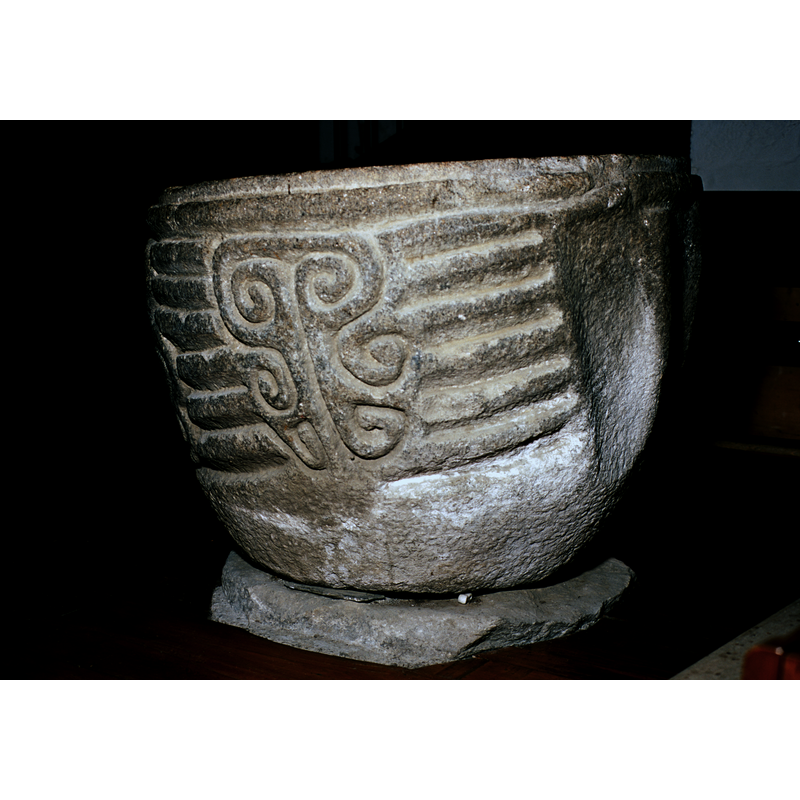
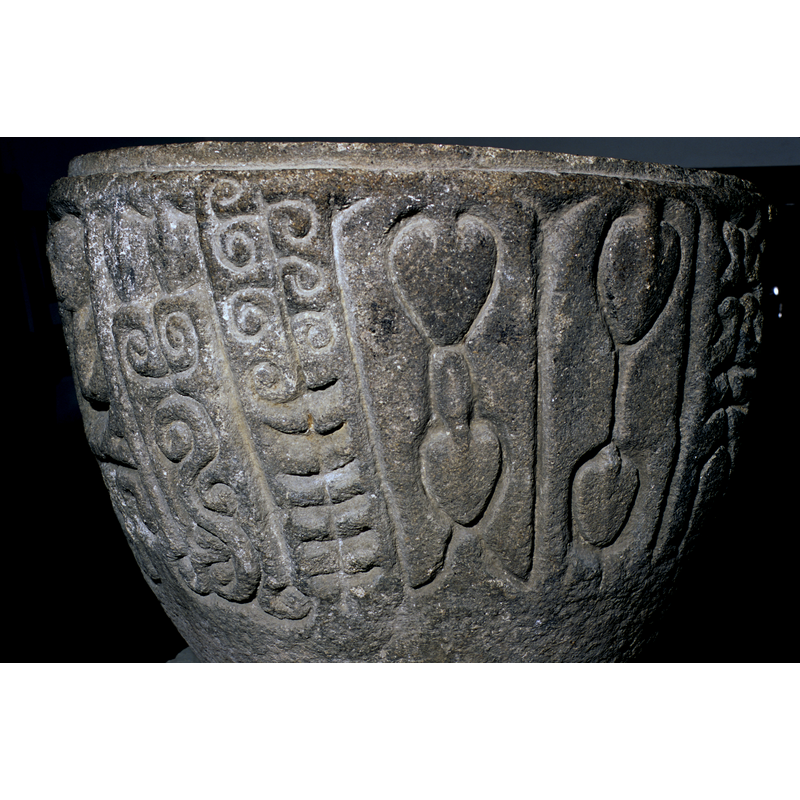
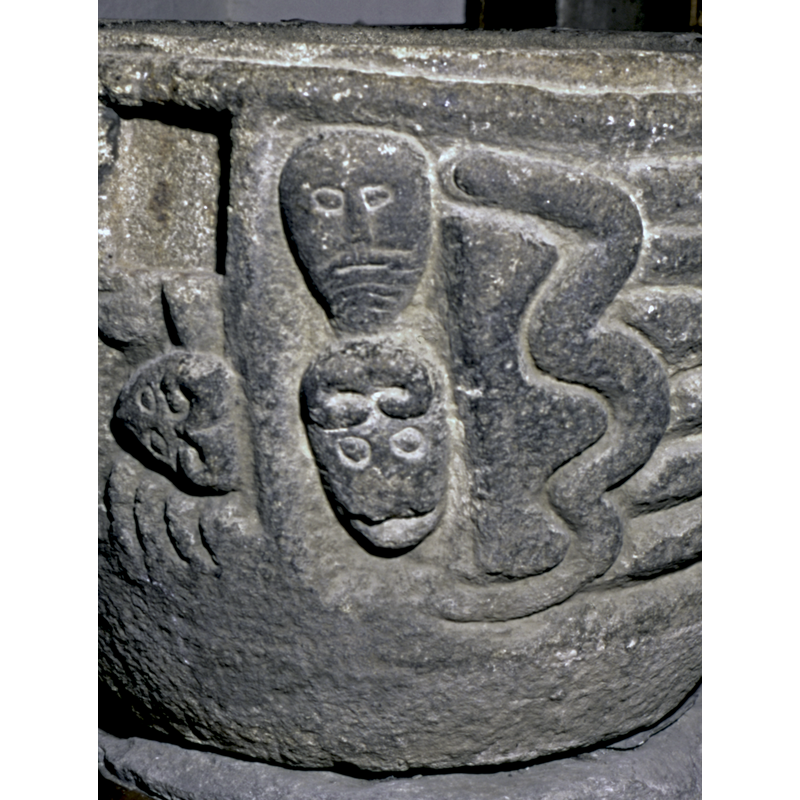
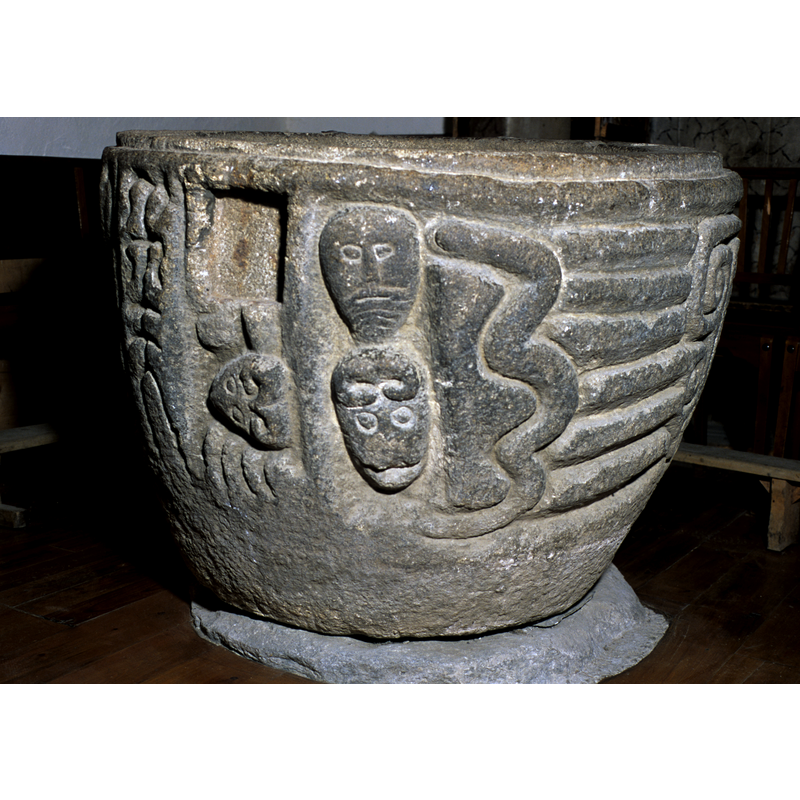
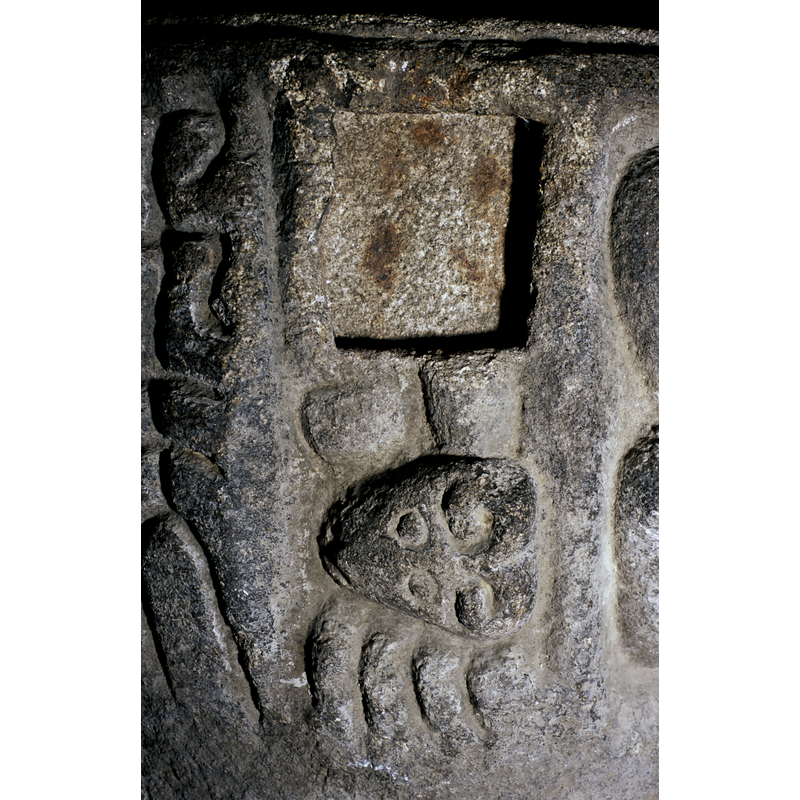
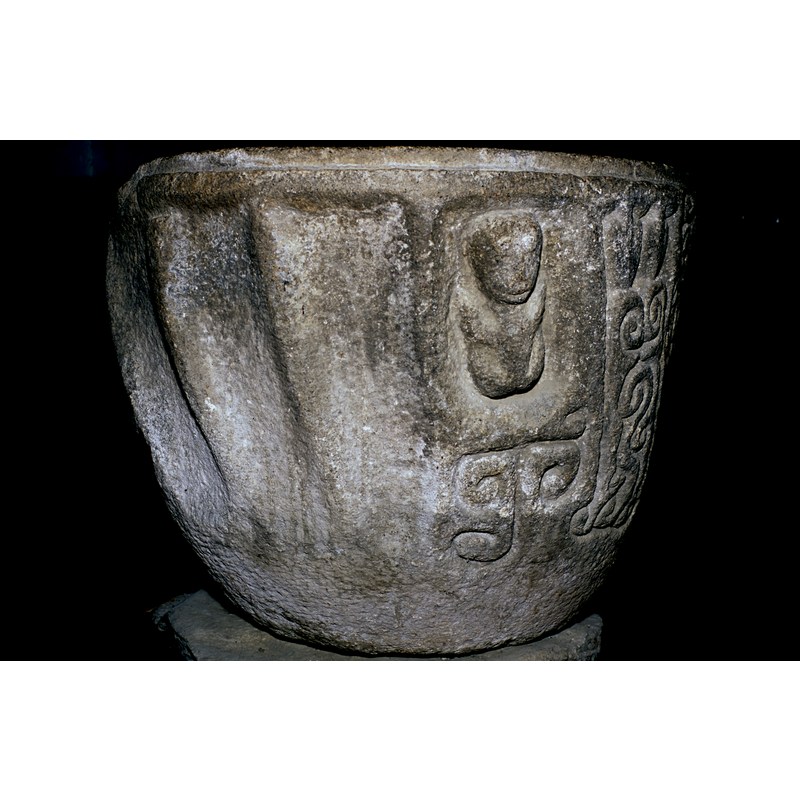

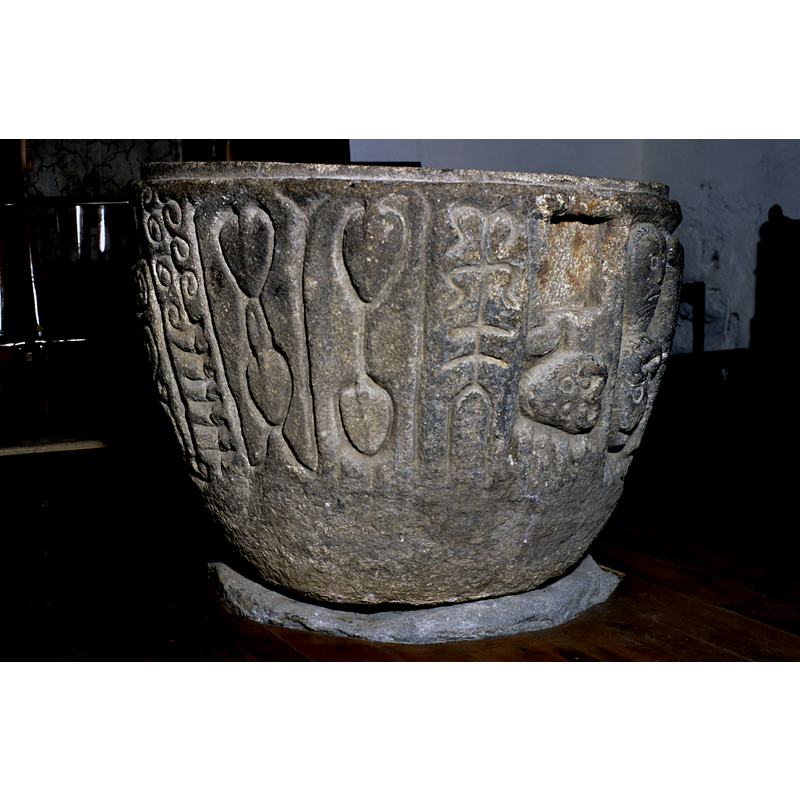
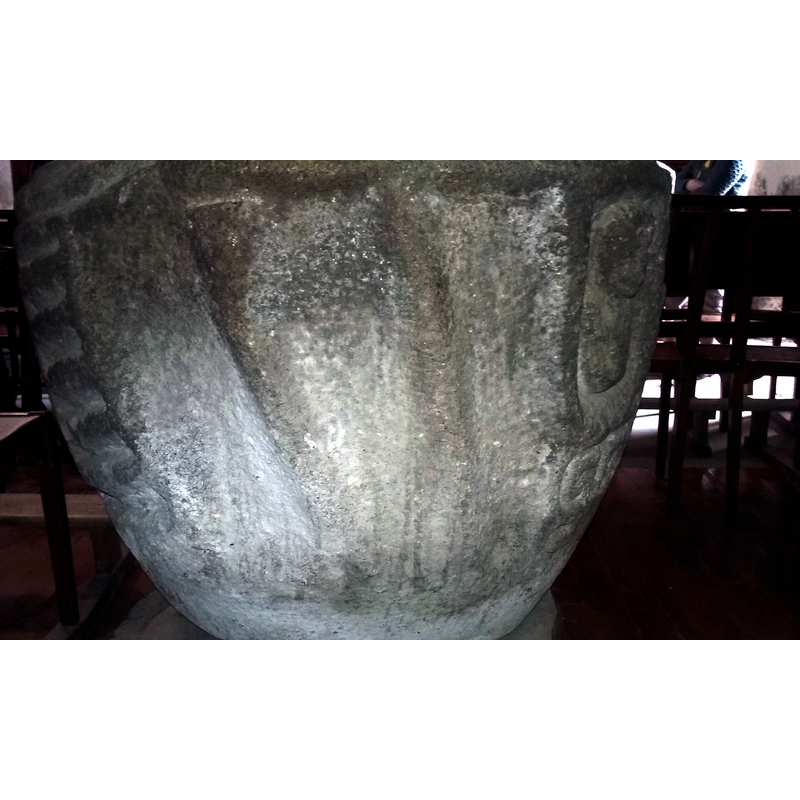
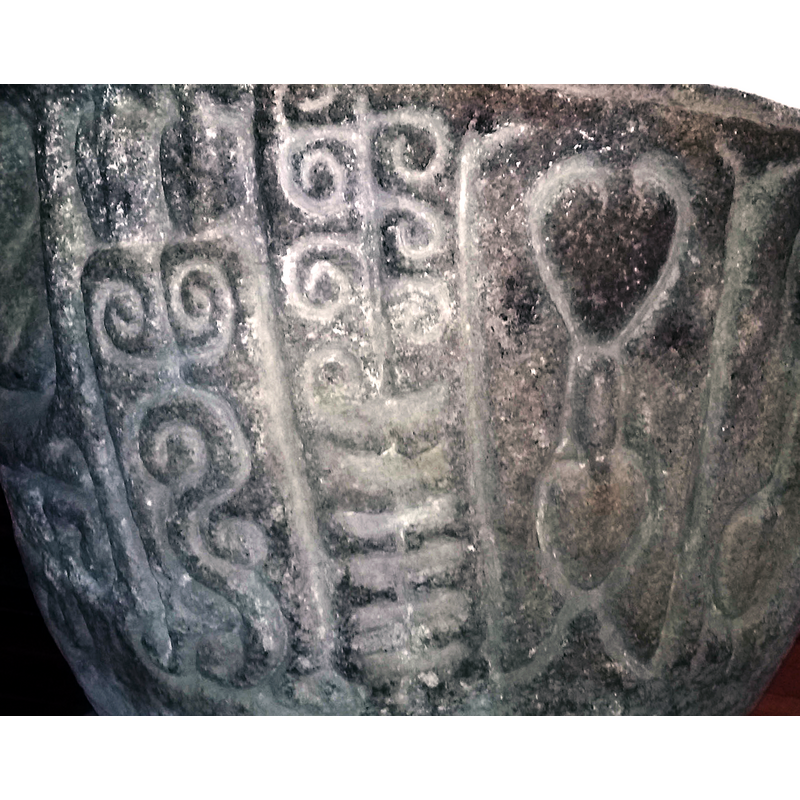
![one of the two receded squares suited for the cover lock [cf. Font notes]](/static-50478a99ec6f36a15d6234548c59f63da52304e5/compressed/URR0106926_compressed.png)

